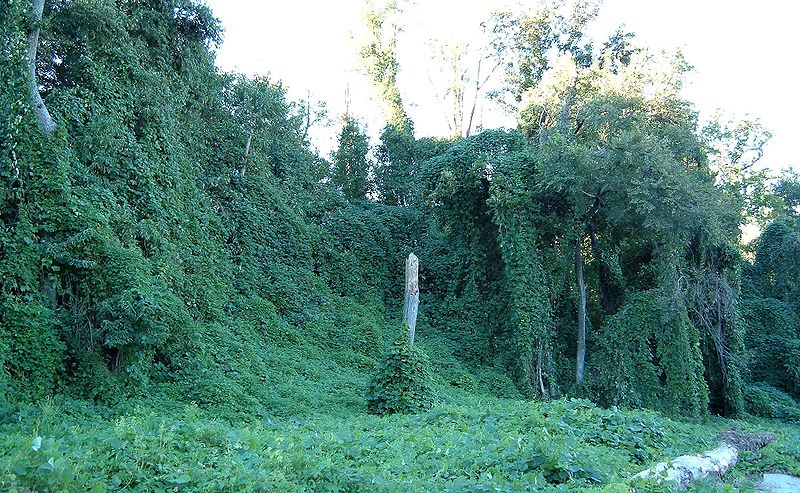The ramp or ramps are one of those regional plants that most visitors don’t get a chance to experience. Part onion, part garlic and full of pungent flavor the ramp is one of those vegetables that you either love or hate. This part of the wild leek family is celebrated in food and in events that are held throughout the year during the harvest season.
Classification: Plantae – Angiosperms – Monocots – Aspasagales – Amaryllidaceae – Allioidea – Allium – Tricoccum
Description
 This variant of the wild leek has light-green leaves that tend toward purple at the base. The bulb of the ramp is like a scallion and like the scallion the leaves and bulb leaves are all edible. The arrival of the ramp in the spring signified that the harsh winters were over and the people looked to the ramp as a good omen. In fact, the vitamin content helped get many of the Appalachian settlers over colds and physical problems they had due to the lack of fresh vegetables during the winter.
This variant of the wild leek has light-green leaves that tend toward purple at the base. The bulb of the ramp is like a scallion and like the scallion the leaves and bulb leaves are all edible. The arrival of the ramp in the spring signified that the harsh winters were over and the people looked to the ramp as a good omen. In fact, the vitamin content helped get many of the Appalachian settlers over colds and physical problems they had due to the lack of fresh vegetables during the winter.
The name ramp or ramps may come from the Old English word Ramson. Either way, the people that came to the mountains from their homes in Scotland and Ireland certainly were familiar with wild onions and wild garlic that they had back in their homelands. This familiarity made the ramp a treat in the spring.
Range
The ramp grows in the dark and moist areas of the National Park. You will probably see ramp and figure it is a wild onion. Outside of the GSMNP, people grow the ramp on their property to sell during the traditional harvest time in the spring.
Festivals
 Each year in Cosby, TN and Waynesville, NC the ramp gets its own celebration. The festivals have a lot in common. Art and craft shows give the people booths to browse through as they become hungry waiting for the ramps to get ready to eat. The ramp is prepared for consumption and of course you can buy some of this aromatic edible to take with you on the way home. Get ready to taste Ramps and Eggs – one of the best ways to eat this interesting plant.
Each year in Cosby, TN and Waynesville, NC the ramp gets its own celebration. The festivals have a lot in common. Art and craft shows give the people booths to browse through as they become hungry waiting for the ramps to get ready to eat. The ramp is prepared for consumption and of course you can buy some of this aromatic edible to take with you on the way home. Get ready to taste Ramps and Eggs – one of the best ways to eat this interesting plant.
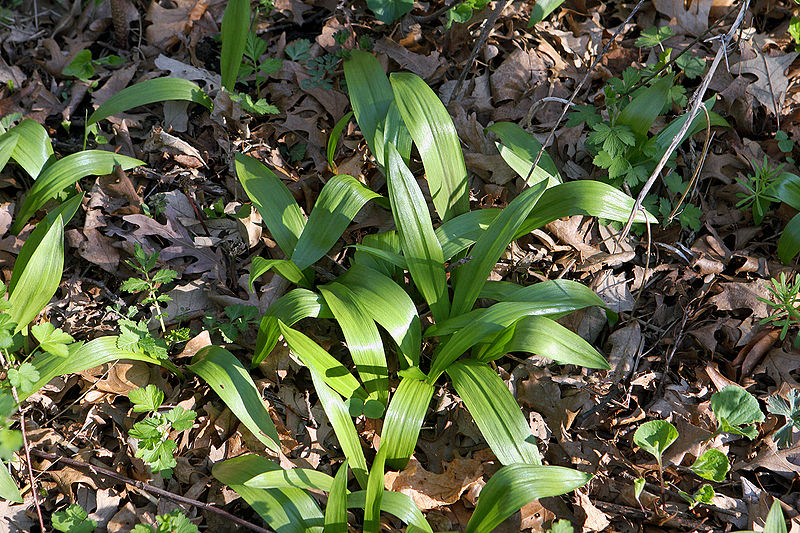
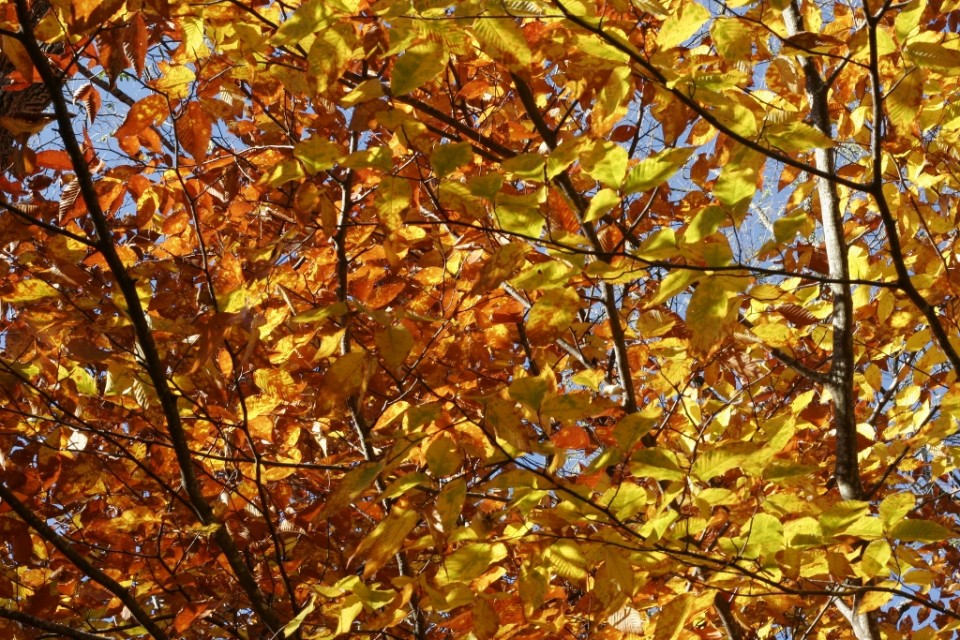

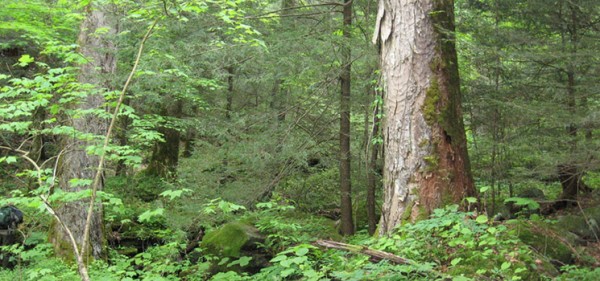

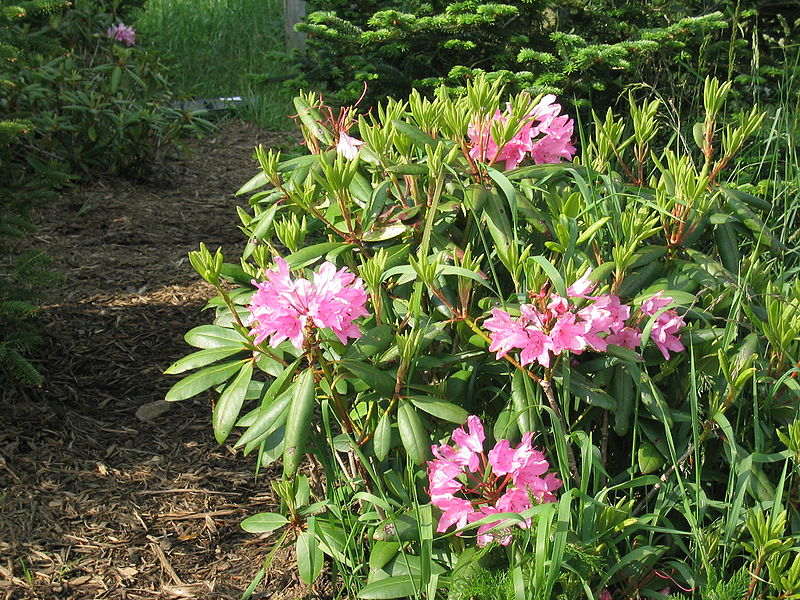

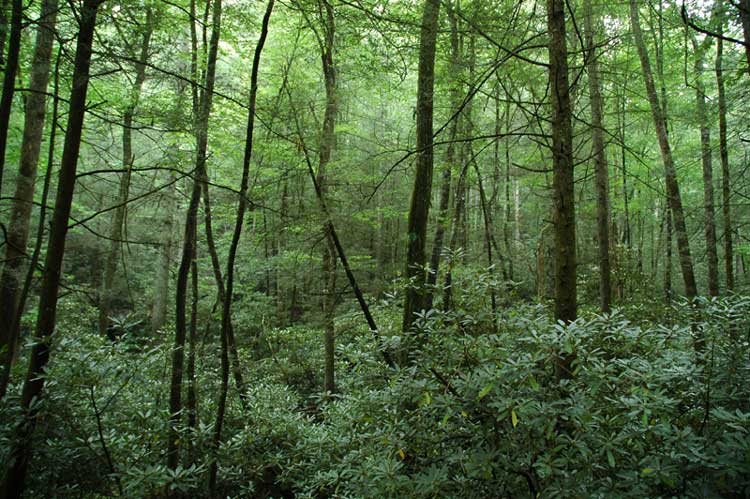

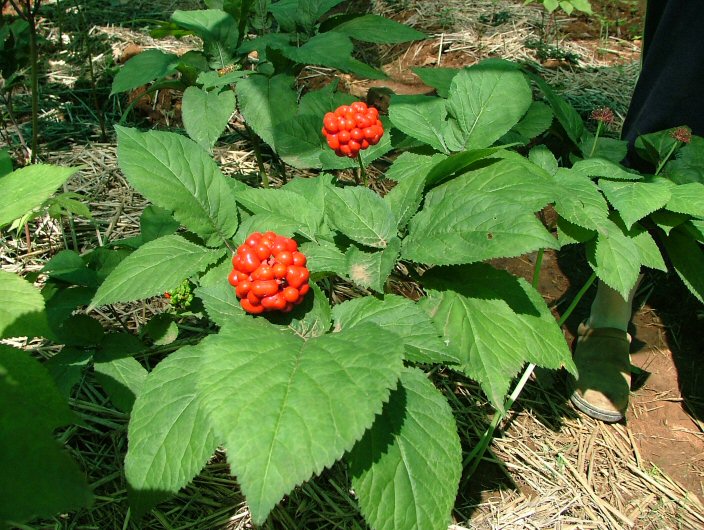
 It is funny the
It is funny the 